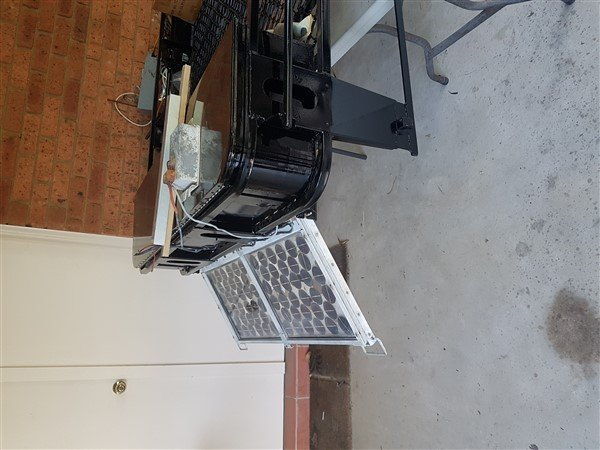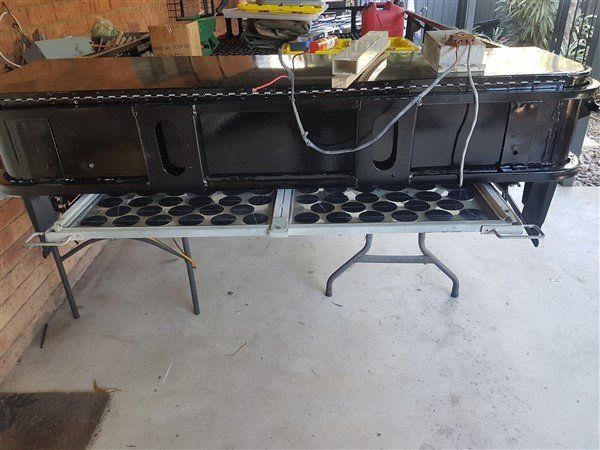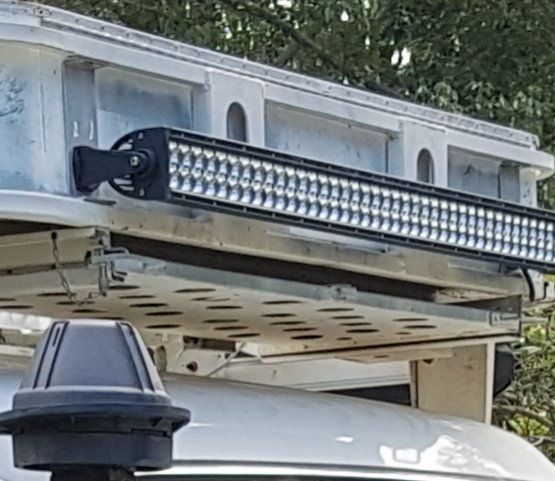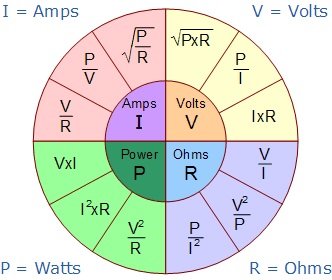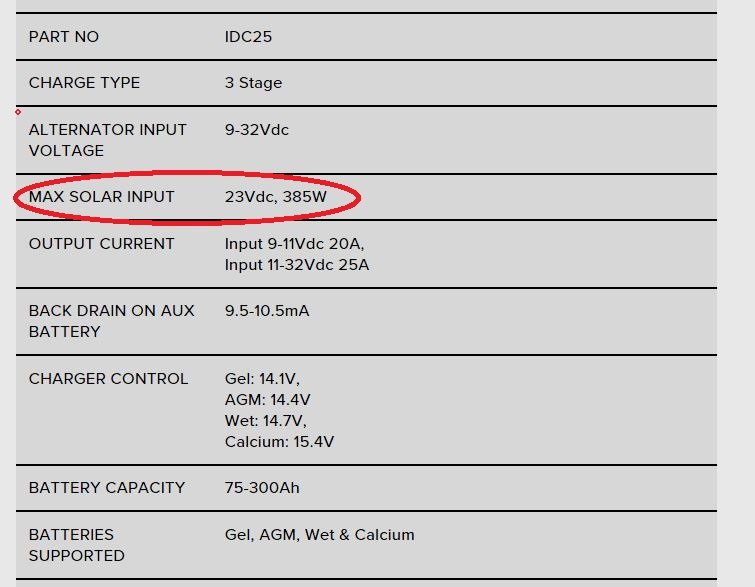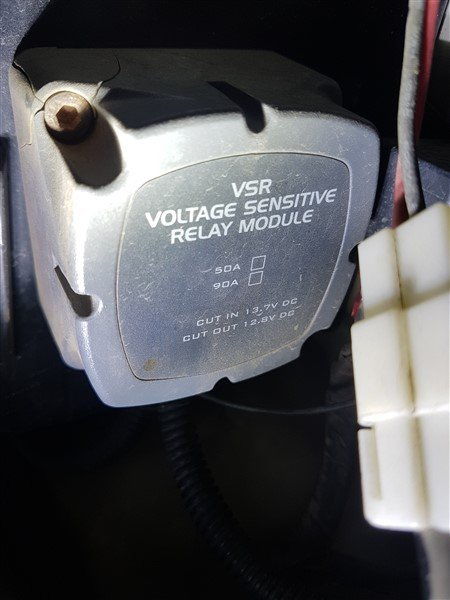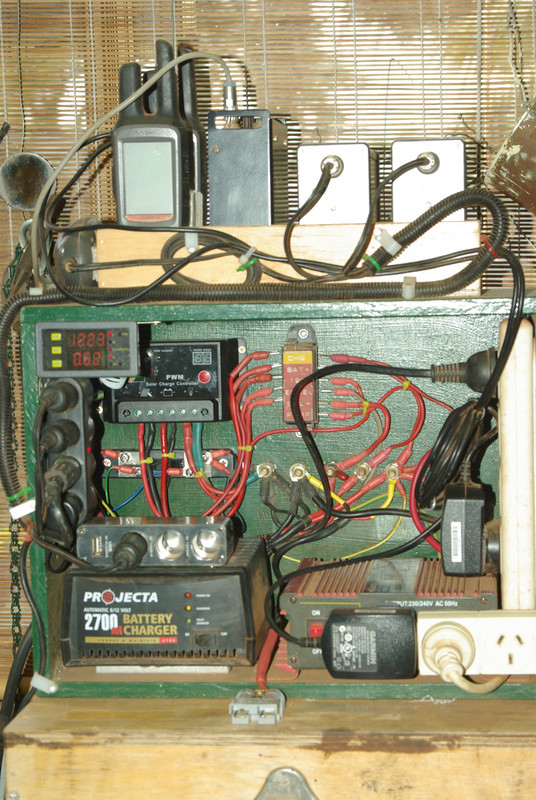I wouldn't bother with those, just toss them and start again.
Something to consider is that you'll need to park in the sun and probably move the vehicle many times to chase the sun.
Usually a pain considering where you are and terrain/trees.
Most situations these days to top up a battery that runs a fridge and lights etc needs 140-160 watts minimum, so you're way short on power with those.
PWM (pulse width modulation) controllers just connect the panel direct to the battery, as the battery voltage rises they cut in and out with the feed so not to overcharge the battery.
MPPT (multi point power tracking) uses a dc dc converter and brings in the full voltage and converts that to the charge voltage, this is more efficient, but only worth while when you are talking of a reasonable size system, I personally wouldn't bother unless you are running 250w +
The other advantage of mppt is you can run a 24v panel, which in fact has a maximum amperage at around 30v, open circuit of around 35, feeding a higher voltage through a line 20-30m away isn't such a big deal then, you won't get anywhere near the voltage drop through the line. The incoming voltage to the regulator will be converted close to the battery to 12 v and losses will be minimal compared to running the same length cable with a 12v panel and a pwm controller.
Even better run two or three 24v panels in series through an mppt, then line losses would be .5-1%
This chart helps as a reference.





